Experiencing deep pain in the buttock area can be frustrating, especially when it interferes with daily activities like walking, sitting, or exercising. Many people assume their discomfort is due to piriformis syndrome, but in reality, this condition is relatively rare. Instead, there are several other potential causes of buttock pain, and identifying the correct source is key to effective treatment and long-term relief.
In this blog, we’ll explore the anatomy of the buttock, common conditions that may be causing your discomfort, and treatment options to help you move pain-free again.
Table Of Content
Anatomy of the Buttock: Understanding the Piriformis Muscle
The piriformis muscle is a small, pear-shaped muscle located deep in the gluteal region. It plays an essential role in stabilizing the hip joint and assisting in movements like walking, running, and rotating the leg. Piriformis syndrome occurs when this muscle irritates or compresses the sciatic nerve, leading to symptoms such as:
- Deep buttock pain
- Tingling or numbness down the leg
- Discomfort when sitting for long periods
- Pain that worsens with movement
While these symptoms sound concerning, true piriformis syndrome is uncommon. More often than not, buttock pain originates from other musculoskeletal or nerve-related issues.
Common Causes of Buttock Pain (That Aren’t Piriformis Syndrome)
If your buttock pain has been lingering for weeks or months, it’s crucial to consider other underlying conditions. Here are some of the most common causes:
1. Referred Pain from the Lower Back
If your buttock pain has persisted for weeks or months, it’s important to think about other conditions that could be causing it. Here are some of the most common causes:
- Increasing pain with sitting or standing for long periods
- Pain radiating to the lower back or leg
- Stiffness or limited ability to bend and twist
2. Gluteal Tendinopathy (Hip Tendon Pain)
Side or deep buttock ache may be due to gluteal tendinopathy, an entity that affects the tendons of the gluteal muscles to the hip bone. Runners, athletes, and the sitter all the time are likely to develop this condition. Its features are:
- Lying on the affected side, pain
- Weakness in the hip and thigh
- Stairs climbing or walking too much, ache
3. Ischial Bursitis (Sitting Pain)
Ischial bursitis is where the bursa (fluid-filled sac) near the ischial tuberosity (sit bones) gets inflamed. It typically causes pain from prolonged sitting or repetitive motion like cycling or rowing. Primary symptoms are:
- Sitting pain from hard surfaces
- Tenderness along the lower buttock
- Resistance to standing from sitting
4. Hamstring Strains or Injuries
The hamstring muscles attach to the lower pelvis, and injuries or tightness in this region can cause deep buttock pain. This is particularly common in athletes or individuals who perform high-impact exercises. Symptoms may include:
- Sudden sharp pain during exercise
- Swelling or bruising of the thigh or buttock
- Tightness and reduced flexibility
5. Sciatica (Nerve Compression in the Spine)
Sciatica is caused by the compression of the sciatic nerve, most commonly by a herniated disc, spinal stenosis, or degenerative disc disease. Sciatica is similar to piriformis syndrome but with the cause occurring in the spine. The major symptoms include:
- Burning or shooting pain down the leg
- Weakness in the affected leg or foot
- Numbness or tingling sensations
Treatment Options for Buttock Pain
If you’re experiencing persistent buttock pain, the best course of action is to seek professional help for an accurate diagnosis. A physiotherapist or healthcare provider can assess your condition and develop a personalized treatment plan. Here are some common treatment strategies:
1. Targeted Stretching and Strengthening
Depending on the cause of your pain, specific exercises can help alleviate discomfort and prevent recurrence. For example:
- Piriformis and hip flexor stretches: Reduce tension in the area
- Glute strengthening: Improve pelvic stability
- Core exercises: Support proper posture and spinal alignment
2. Posture and Ergonomic Adjustments
Prolonged sitting or poor posture can exacerbate buttock pain. Consider:
- Adjusting your workstation (ergonomic chair, lumbar support)
- Taking frequent breaks from sitting
- Practicing proper lifting techniques to avoid strain
3. Manual Therapy and Pain Management
Hands-on treatments can be effective for releasing tight muscles and improving mobility. Some options include:
- Massage therapy: Relieves muscle tension
- Dry needling or acupuncture: Targets trigger points
- Joint mobilization: Enhances movement and reduces stiffness
4. Resolving Underlying Conditions
If your pain is caused by spinal issues, tendinopathy, or nerve compression, it is essential to treat with a physiotherapist on a systematic rehabilitation program to guarantee long-term relief.

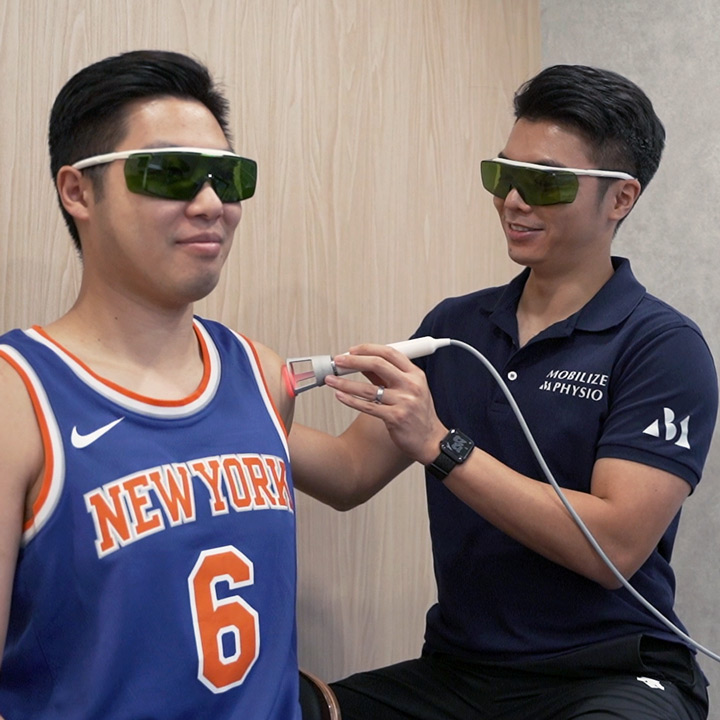
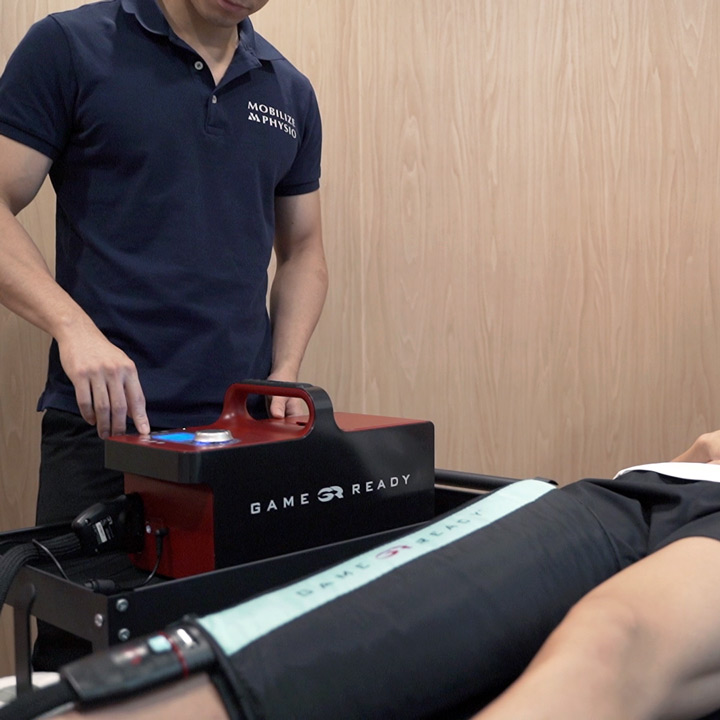
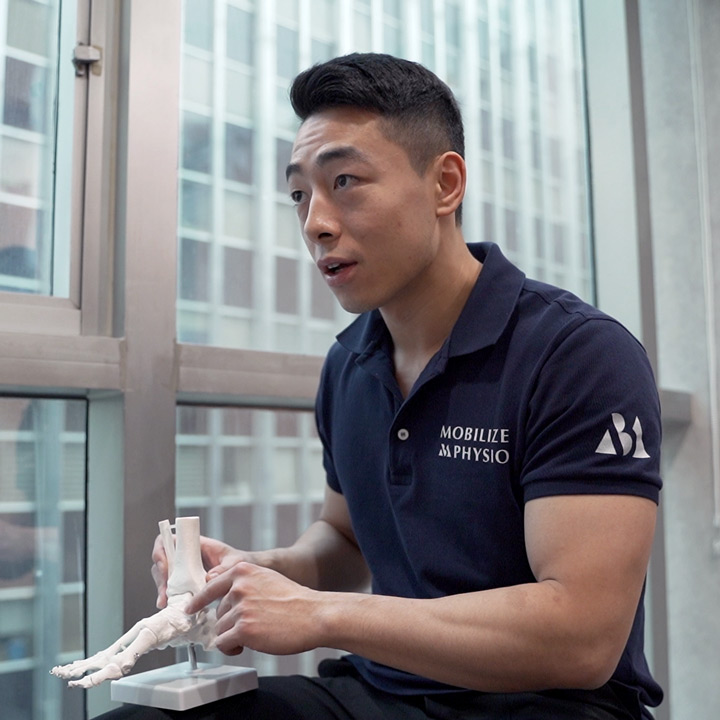
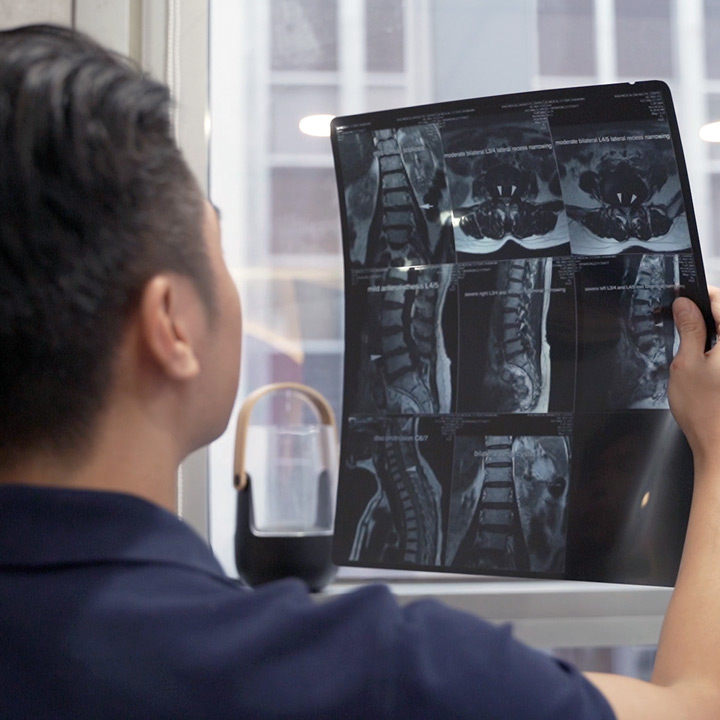
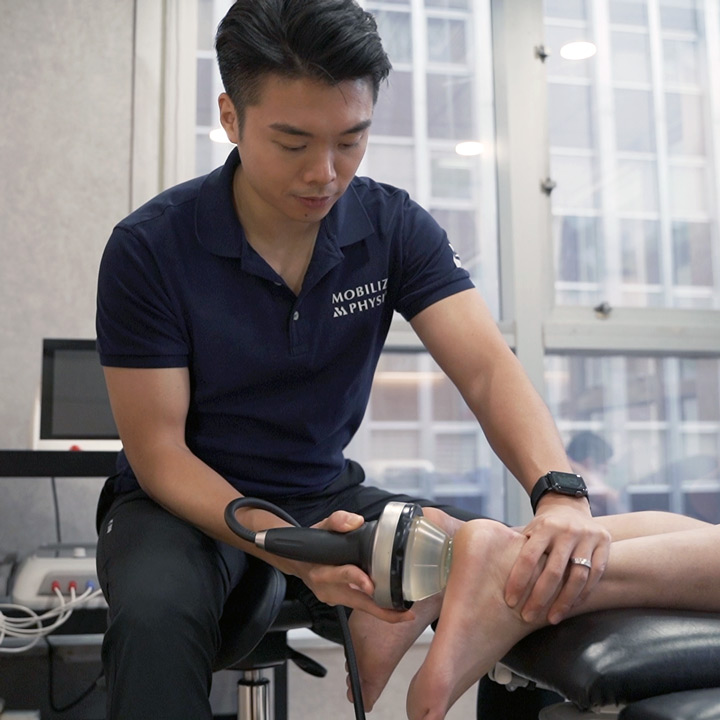
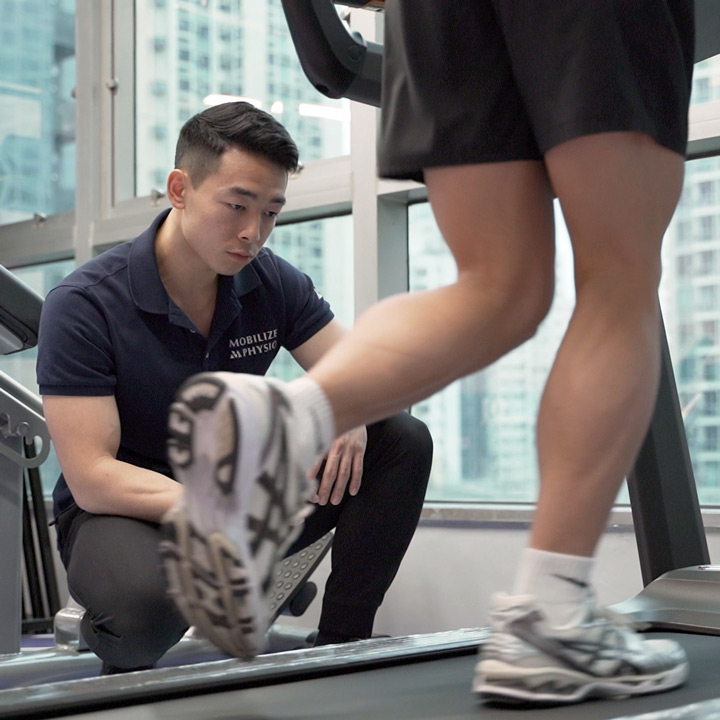
When to Seek Professional Help
If your pain in the buttocks persists beyond a few weeks or worsens with time, it’s not a bad idea to seek the services of an expert. Your symptoms can be assessed, and the cause diagnosed by a physiotherapist. You’ll also receive targeted treatment recommendations that will have you moving in no time. You don’t need to suffer through chronic buttock pain. It can significantly alter your mobility, comfort, and overall well-being.
Mobilize Physio is a physiotherapy center located in Hong Kong. Our team of professional physiotherapists provides high-quality, evidence-based pain treatment. Our services include sports injury treatment, pain management, post-surgery rehabilitation, and posture and body alignment correction.
Every patient is unique, and we believe that every treatment plan should be customized accordingly. Therefore, we focus on one-on-one service to ensure that each patient receives personalized attention and specialized care. Contact us today to learn more about our physiotherapy services.
Latest Blog Posts

Why Pre and Post-Operative Physiotherapy is Essential for Recovery?
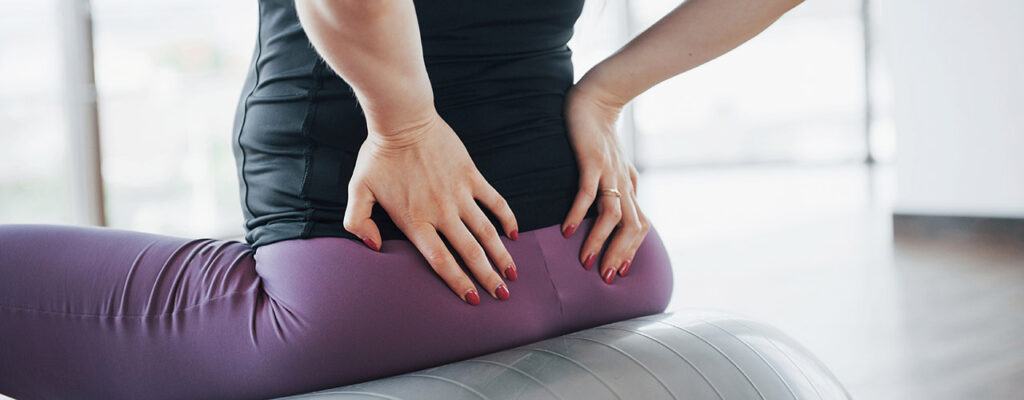
Tips to Reduce Hip Joint Pain and Stiffness
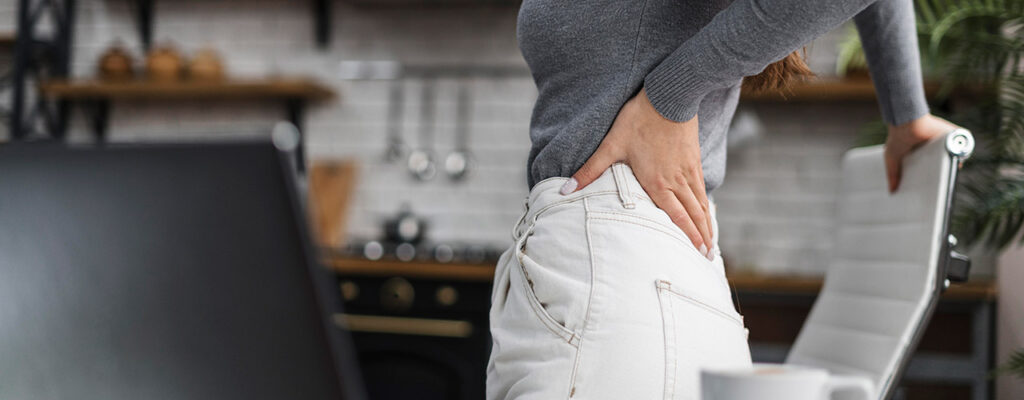
Pain in the Butt: Why It’s Probably Not Piriformis Syndrome
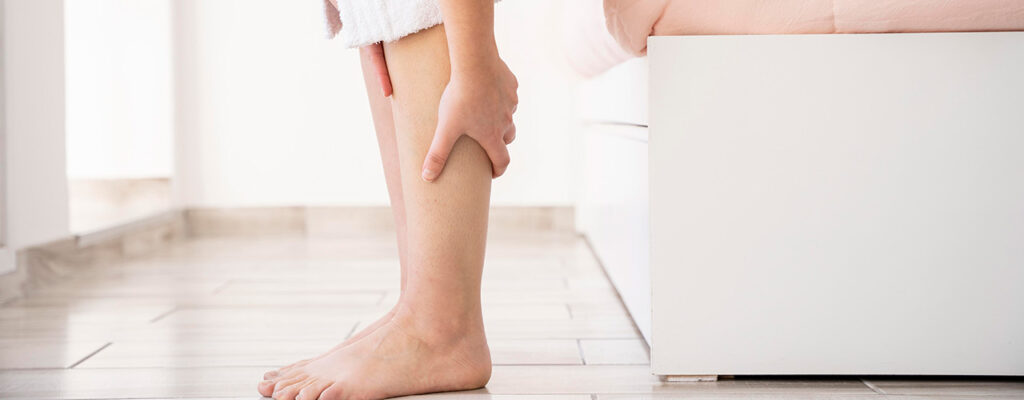
Standing All Day at Work? 7 Tips to Reduce Your Risk of Varicose Veins

Mobility Enhancement for Older Adults: The Key to Healthy Aging
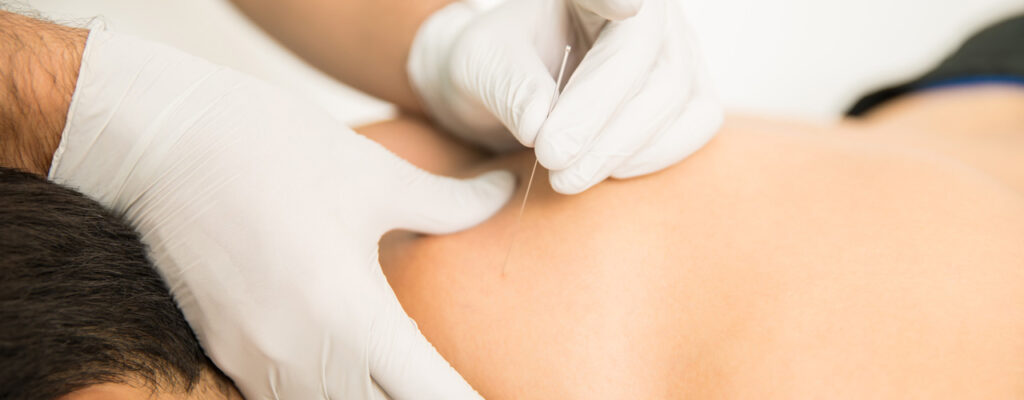
Traditional Acupuncture vs. Dry Needling: What’s the Difference?

